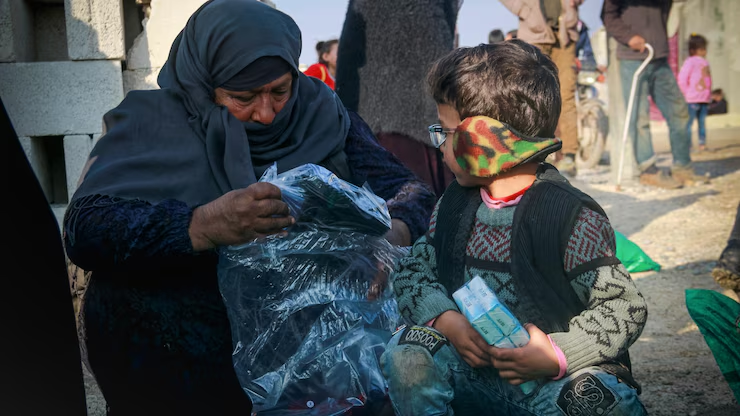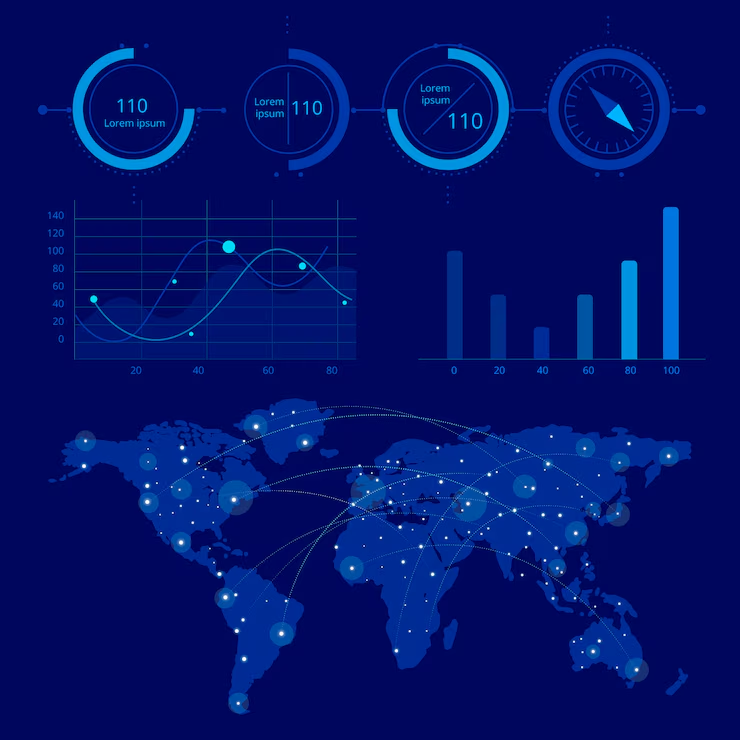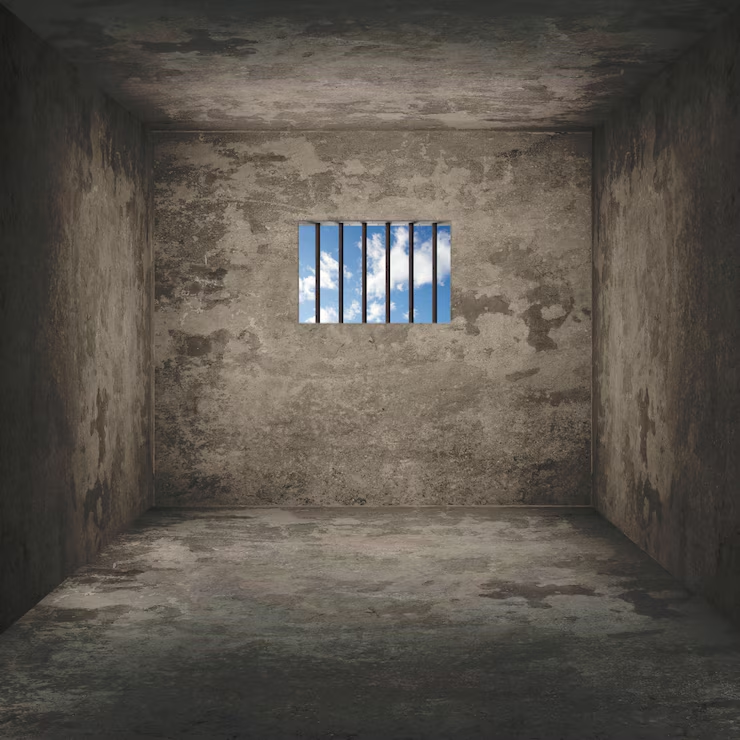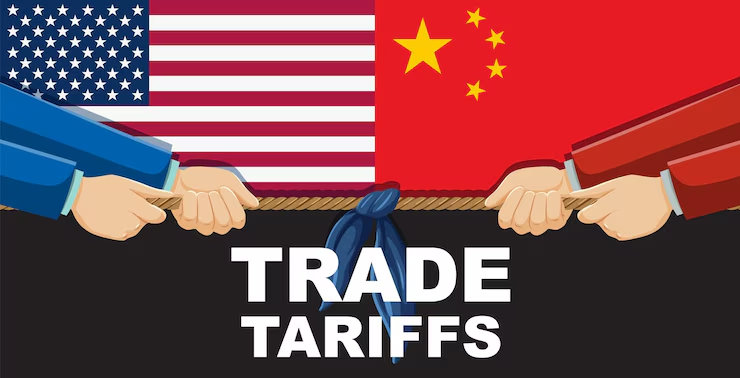
Impact of Nvidia’s Blackwell Chip on AI Development This Year
Nvidia’s Blackwell Chip is set to shape the world of AI this year. This new chip has a fresh design. It offers big gains in speed and power. It can help developers build smarter systems. And it can help them do that faster. In this article, we explore each part of this change. We look at what the Blackwell Chip is. We see how it helps train AI. We check how it makes AI work faster. We show what to expect this year. What is Nvidia’s Blackwell Chip? Nvidia made the Blackwell Chip as the next step in its chip line. This chip uses a new kind of chip design. It has more cores for math tasks. It also has new memory tools. And it has better energy use. So it can do more work on the same power. It works with Nvidia’s software tools. This link of chip and code makes AI tasks easy to run. And it runs many tasks at once. This makes it a major change from older chips. How Blackwell Chip changes AI training Training AI means showing it many examples. That takes time. Older chips needed hours or days. The Blackwell Chip cuts that down a lot. It uses math cores that run many tasks at once. It also moves data faster in the chip. This means models learn quicker. And it uses less power when it runs at full speed. So teams can train big models with less cost. This can help labs of all sizes. They can test new ideas fast. And that can speed up new tools coming to market. How Blackwell Chip speeds up AI inference Inference is how AI makes a choice once trained. It may be like telling a chatbot what to say. It can also be like making a self driving car see the road. The Blackwell Chip has parts tuned for these small jobs. It can run many choices in one pass. And it can answer in real time. This cuts lags for apps that need fast answers. Video tools can add effects faster. Voice tools can write answers without pause. This speed can make new services feel smooth. And this can help apps run on clouds or even on devices near you. Why power use matters Power is a big cost for AI. Data centers spend lots on power and cool air. The Blackwell Chip uses less juice for the same work. And its new memory tools cut the need for outside memory parts. This means less power lost in moving data around. For firms, this can save real money. It can also shrink the carbon output of big AI jobs. That can help reach green goals. And lower power use can mean less heat. That can cut cost on air conditioning. All this makes the Blackwell Chip more than just fast. What this means for AI projects More speed and less power open new doors. Teams can try fresh ideas without big costs. A small startup can train a model in days instead of weeks. A gamer can see new real time effects on the screen. A doctor can run image checks on the fly. All this can push AI into more places. And this can help in schools, shops, and labs. It can also help in fields like weather, finance, and health. The chip makes AI tools easy to run for all these uses. What to expect this year We will see new AI services built on the Blackwell Chip soon. Big cloud firms will add it to their data centers. That means more AI tools in the cloud will feel quicker. You may see smart tools in your apps that learn fast. You may see devices at home use more AI. We may meet chatbots that answer like a real friend in split seconds. We may see more apps that spot faces or words on the fly. And new AI art tools may let you make images in no time. All this is on track for this year. And this can make AI a normal tool for all of us. Risks and limits No chip can solve all problems. The Blackwell Chip is new. It may have bugs at first. Some code may not work with its tools right away. Teams must update their software. And older apps may need work to run right. Also, the cost of new chips can be high at first. Not all groups can buy them right away. So some may wait until prices drop. But as more chips ship, prices may fall. Then more users can get the gains. How to prepare for Blackwell Chip If you work in AI, plan for this shift. Test your code on early systems. Use Nvidia’s tools to tune your models. Watch for updates to your frameworks. And train on cloud services that offer the chip. Track power use to see your cost gains. And plan how faster models can serve your users. You can now aim for real time apps that were too slow before. This may mean you add new features or services. All this can keep your work ahead. Conclusion Nvidia’s Blackwell Chip brings big change. It speeds up AI training and inference. It uses less power. This can lower cost and time. It opens new apps and services. It can help tools learn and work faster this year. The chip still has steps to clear. But the gains look real. For AI teams, it is key to test and tune on this new chip. For everyone else, expect AI to act smarter and quicker soon. This shift may shape many apps you use each day. And that is the real impact of Nvidia’s Blackwell Chip on AI development this year.









